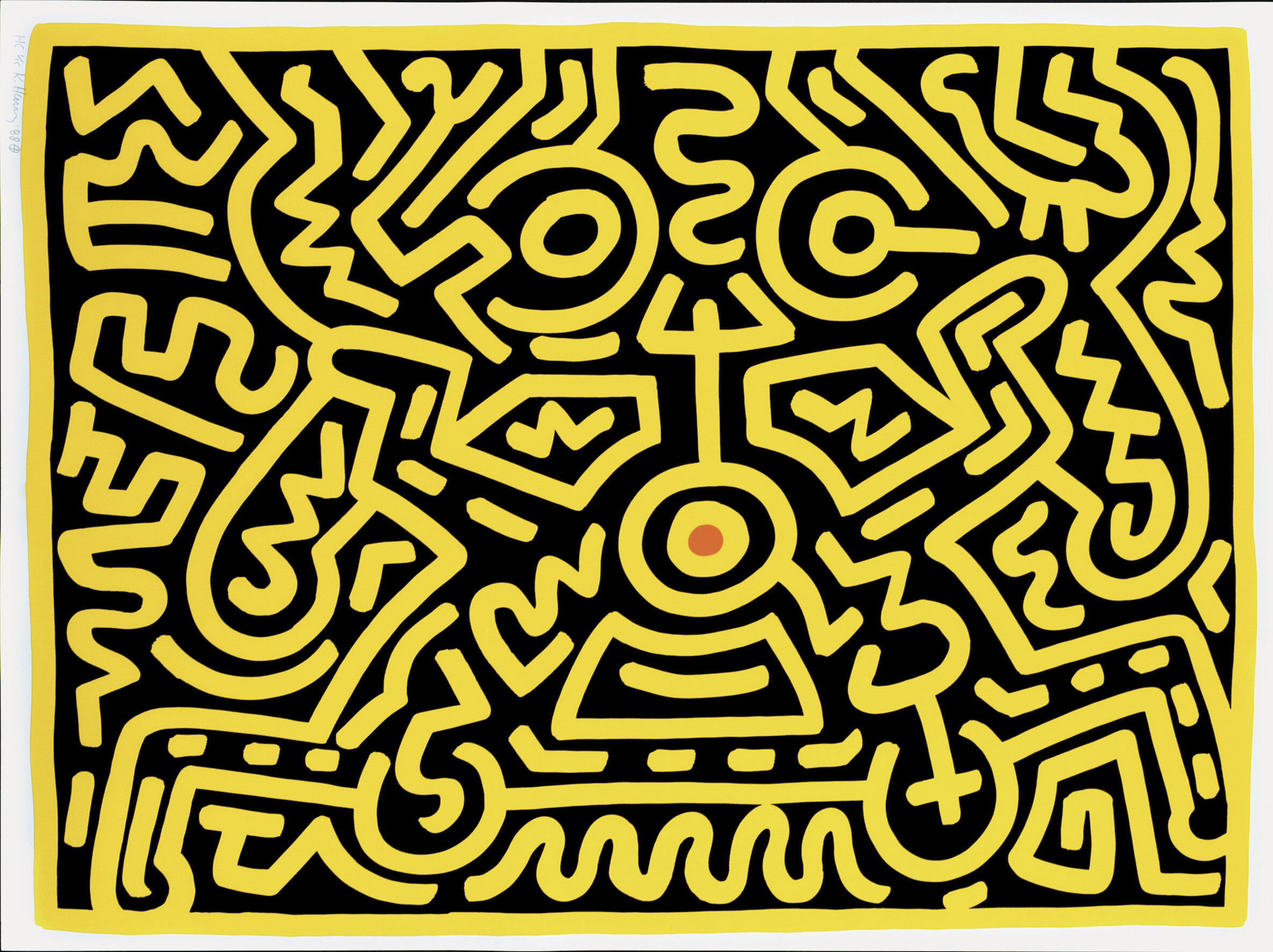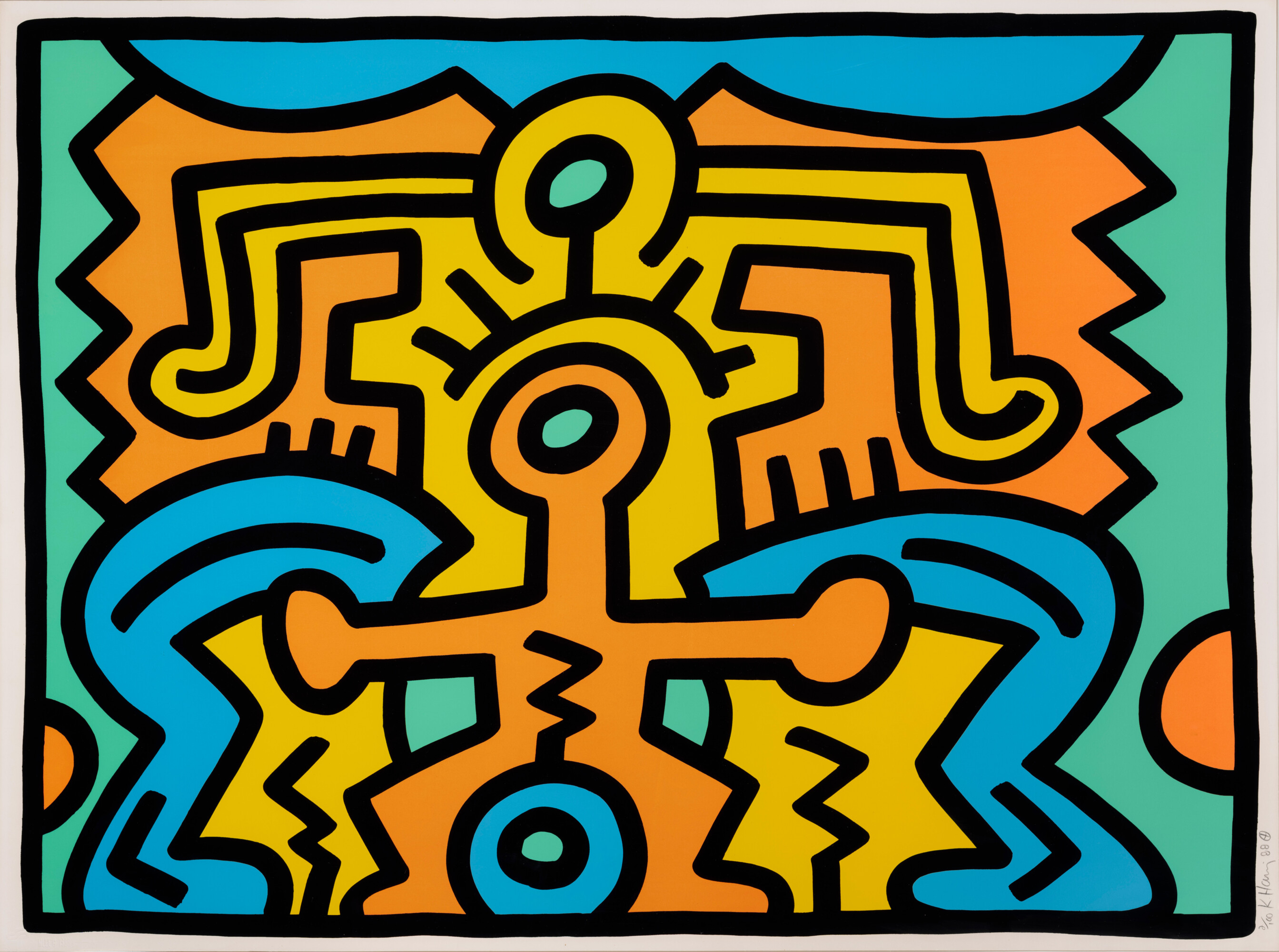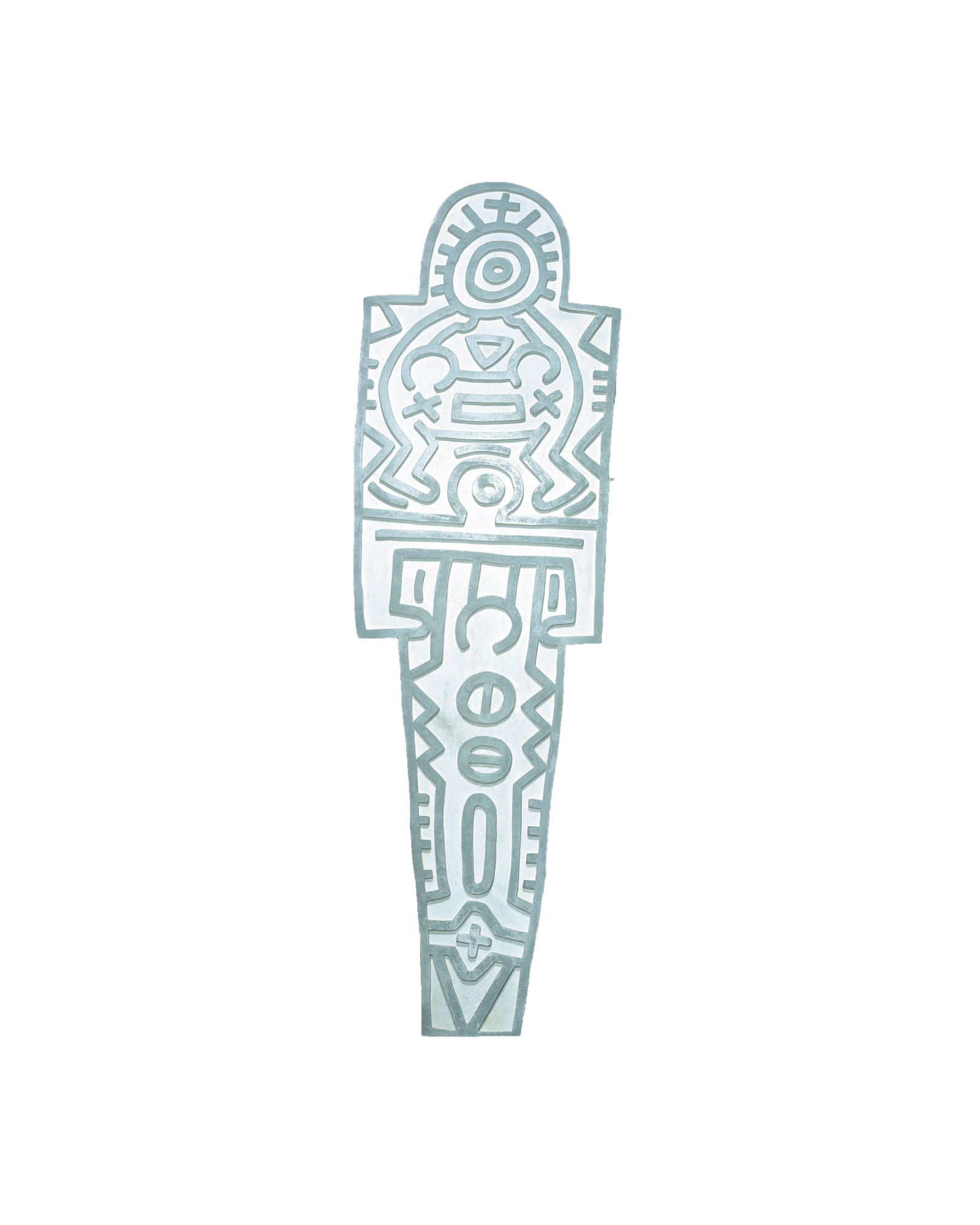
Keith Haring: Growing – Evolving Forms
Supported by: Keith Haring Foundation
Endorsed by: U.S. Embassy, Yamanashi Prefecture, Yamanashi Prefectural Board of Education, Hokuto City, Hokuto City Board of Education
This exhibition traces the trajectory of Keith Haring’s artistic career while delving into the continuous expansion and evolution of his work up to the very end.
In 1978, Haring moved from Pennsylvania to New York, enrolling as a scholarship student at the prestigious School of Visual Arts. Immersed in the cultural and racial melting pot of the city, Haring began to explore his identity and art. Inspired by artists such as Jean Dubuffet, Pierre Alechinsky, and Christo, Haring’s work expanded beyond drawing into public spaces.
In 1980, Haring gained notoriety for his Subway Drawings, executed in chalk on empty advertisement panels in subway stations. His participation in The Times Square Show and exhibitions at Club 57, alongside his work outside traditional gallery spaces, further solidified his reputation. It was during this time that the now-iconic Radiant Baby was born.
Haring’s career quickly gained international recognition, including his first visit to Japan in 1983, which generated widespread acclaim.
From 1986 onward, Haring’s signature style of bold black lines, repetitive patterns, and simplified figures underwent significant transformation. His 1987 Luna Luna project at a German amusement park pushed the boundaries of his art beyond traditional forms.
The year 1988 marked a major turning point for Haring, as he was diagnosed with AIDS. Despite this, he produced a vast number of works, including the Growing series, published by the renowned Martin Lawrence Gallery. These works exhibit a refined and elegant painting style, characterized by symmetrical figures, delicate outlines, and glyph-like patterns reminiscent of tribal languages.
In contrast, his collaboration with poet William S. Burroughs on Apocalypse that same year explored themes of chaos and religious skepticism.
The Growing motifs were further carried into Haring’s concrete sculpture Totem (1989) and culminated in his triangular canvas piece Untitled (Triangle), created on August 15, 1988, for his fifth solo exhibition at Tony Shafrazi Gallery. This work, marked by its calculated use of color contrasts, composition, and space, represents a departure from Haring’s characteristic all-over compositions. Instead, it encapsulates distinct geometric forms that remain independent yet interconnected, carrying stories that transcend time and space.
FEATURED ARTWORKS






